The Labyrinth:
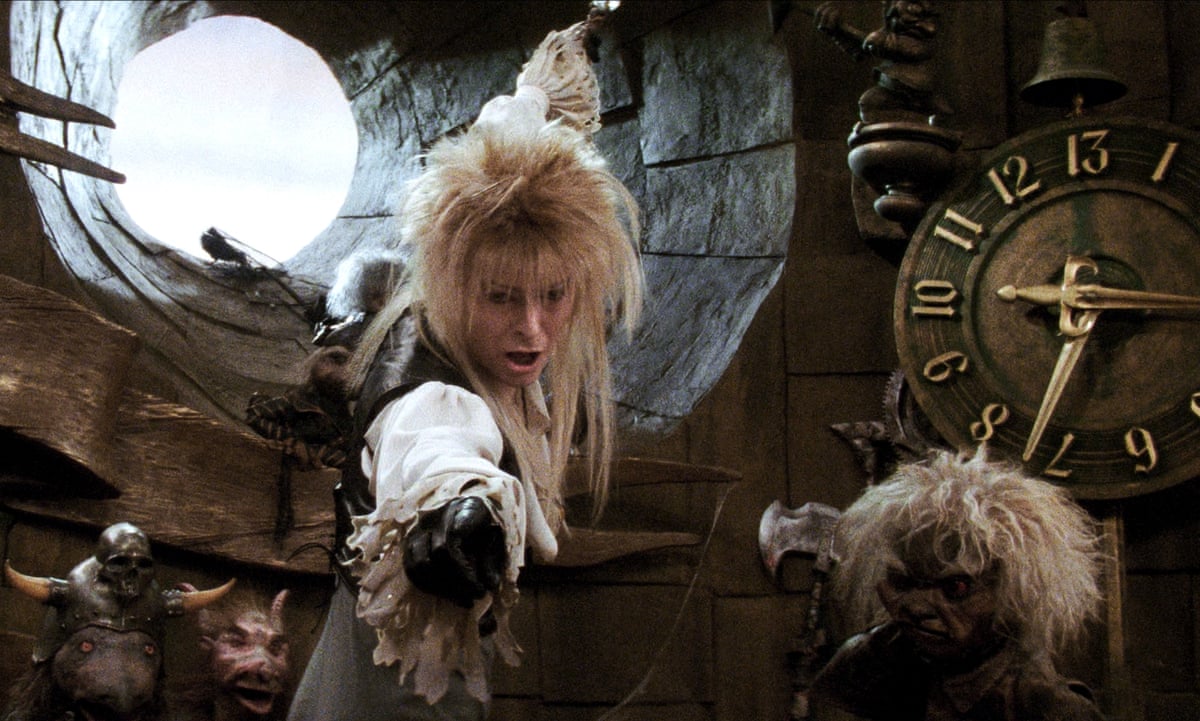
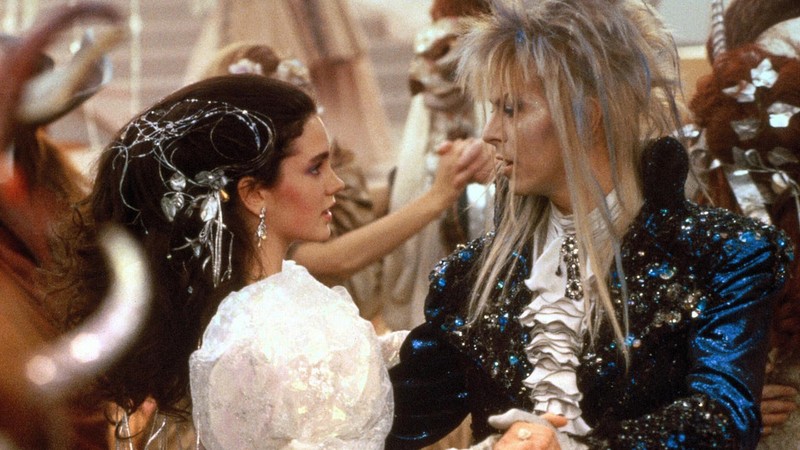

Rocky:


The Labyrinth:



Rocky:


what did Astruc mean by the term ‘auteur’?
Astruc was a theorist who theorised the concept camera-stylo(camera-pen) which explored the idea that the director was more of an author, if the director controls both visual and audio elements such as camera placement, blocking, scene length and shot type then they are conveying the message of the film so instead of the screenplay writer being the author the director should be instead.
Astruc’s auteur theory can be seen to be heavily derived from the concept ‘camera-stylo’. Essentially Auteur theory explains how ‘auteur’ directors work will have a unique look/feel, so much so that if you have seen their other work you will be able to tell that it’s their work when viewing other films of theirs. Examples of Auteur directors during the french new wave are Jean-Luc Godard, Alain Resnais, François Truffaut, Claude Chabrol and Louis Malle who were all associated with the film magazine Cahiers du cinéma, the publication that popularized the auteur theory in the 1950s.







Pure geometric forms, linearity, symmetry, repetition, simple, sans-serif fonts, the dominance of red and black, photomontage. Using these elements, Constructivists would create a graphic design style that rejected all artifice and that we still associate with post-revolution Russia today.
https://www.connectionsbyfinsa.com/russian-constructivism/?lang=en
Constructivism, Russian Konstruktivizm, Russian artistic and architectural movement that was first influenced by Cubism and Futurism and is generally considered to have been initiated in 1913 with the “painting reliefs”—abstract geometric constructions—of Vladimir Tatlin.
Montage Example #1 – Requiem For A Dream
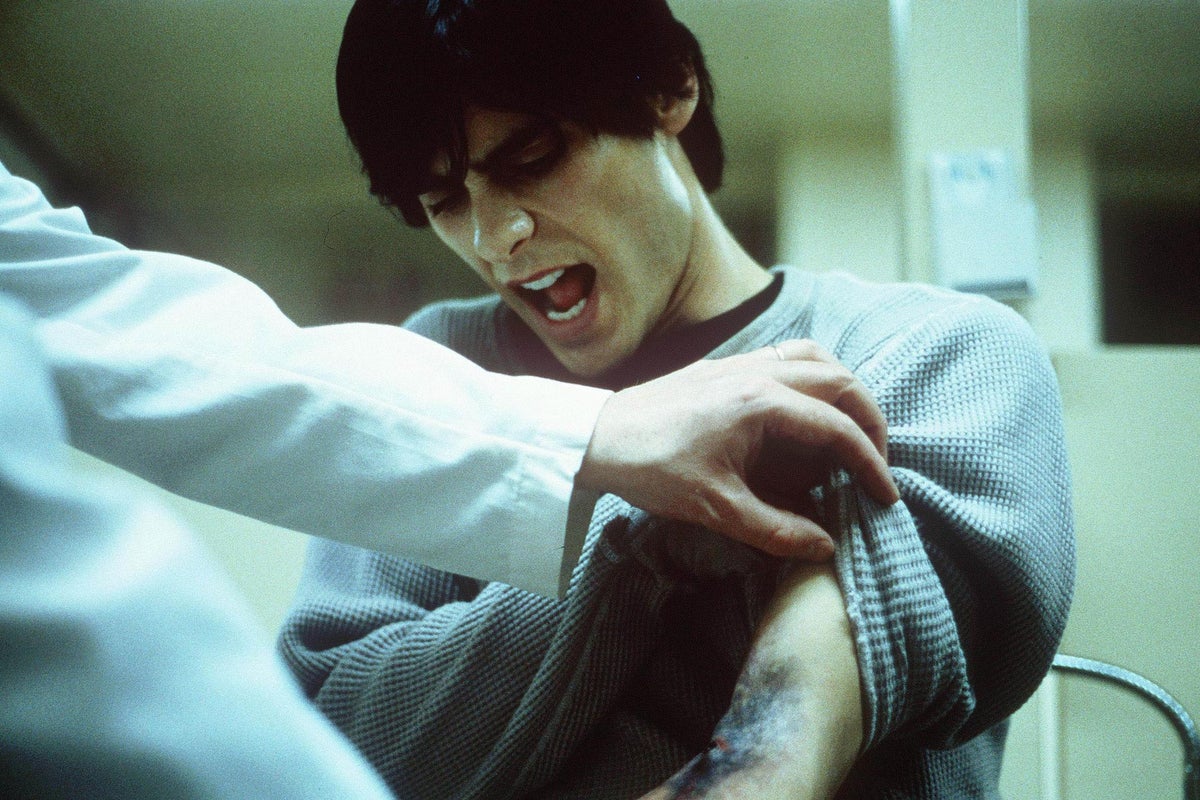
This montage in Requiem For A Dream shows the organised yet chaotic impact of the metric/intellectual montage. Each shot is given nine frames and a distinct sound effect. The montage demonstrates drug taking’s disorientating effect.
The shot timing is frantic yet regimented. Consequently, it gives the sequence a psychedelic style. It is effective in progressing the story and portraying the descent into addiction for each of the characters.
Montage Example #2 – City of God

In this scene from City of God, a tonal montage tells the history of an apartment. Voiceover narration and montage quickly explain everything that has happened in the apartment. It catches the audience up to speed on how local dealer, Blacky, got control of this turf.
It’s a montage that moves the plot along but also contains a lot within it. Its existence as a static shot allows this scope, containing a whole journey and world within a small frame.
Montage Example #3 – Hot Fuzz
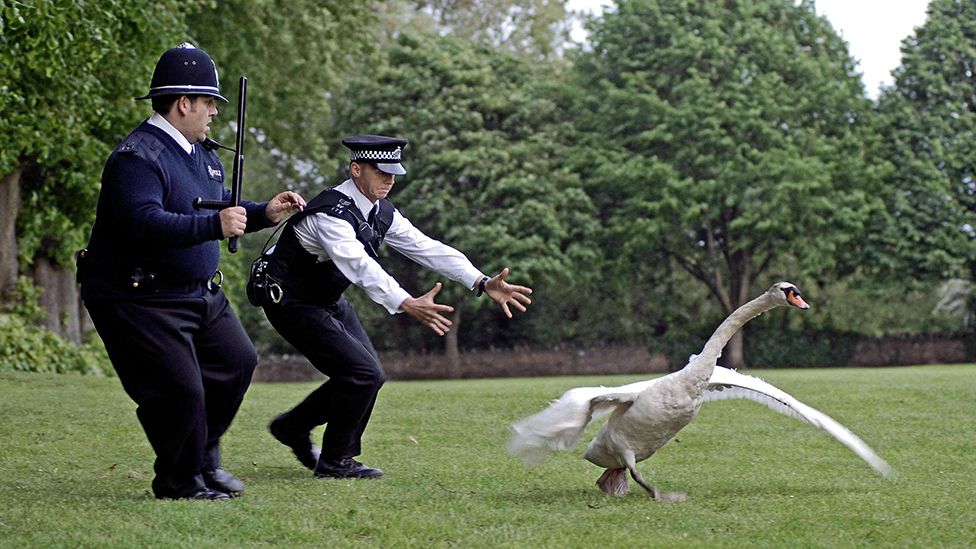
The rhythmic montage serves the purpose of quick and effective exposition. Wright uses the montage to introduce us to the main character rapidly. The montage shows Nicholas Angel’s CV through voiceover over scenes showing him in the activity described.
Montage Example #4 – Rocky
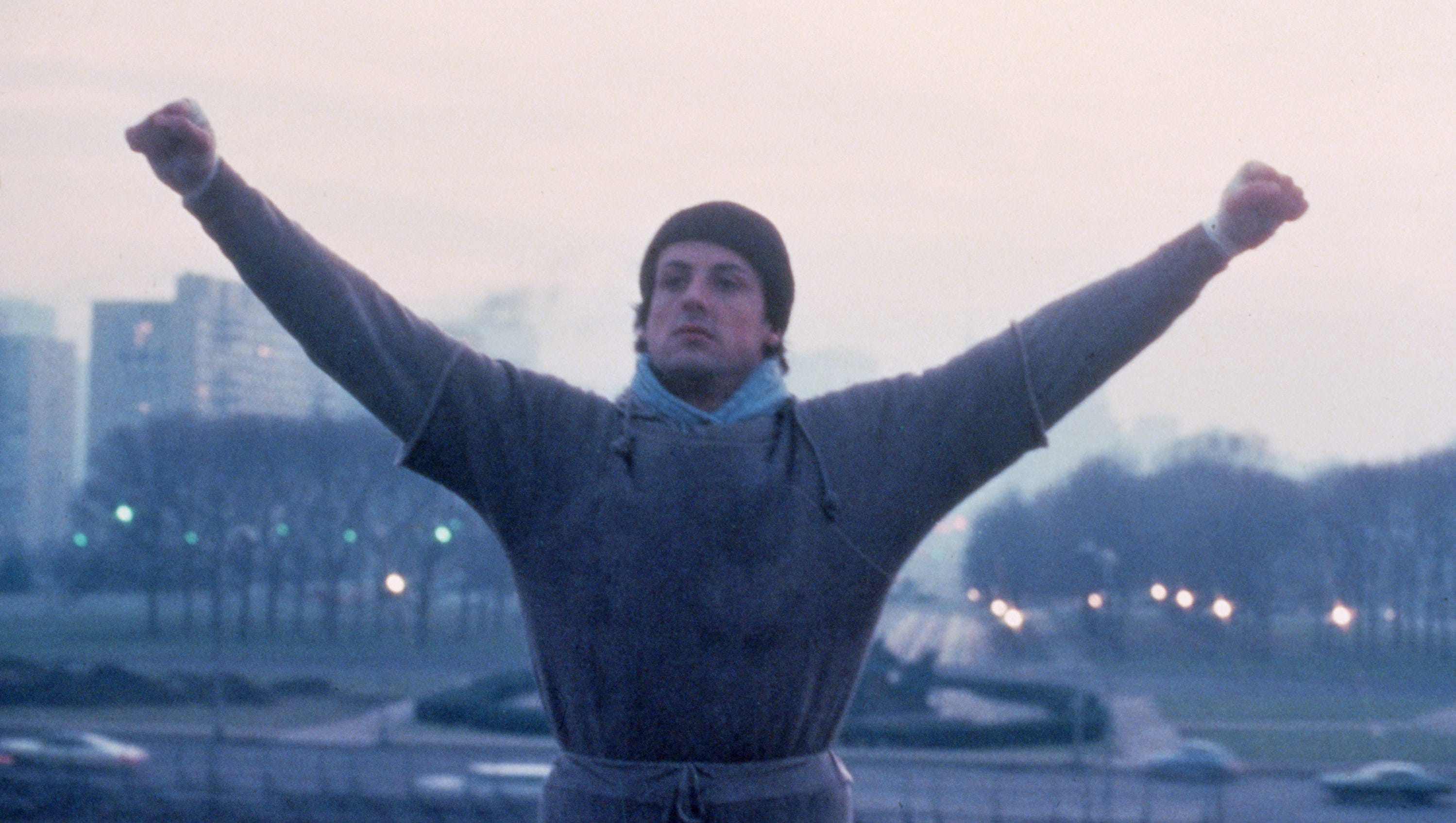
This rhythmic montage in Rocky is the epitome of a training montage. The montage condenses Rocky’s training into a short musical montage, which briefly summarises his training and progression.
Montage Example #5– Trainspotting
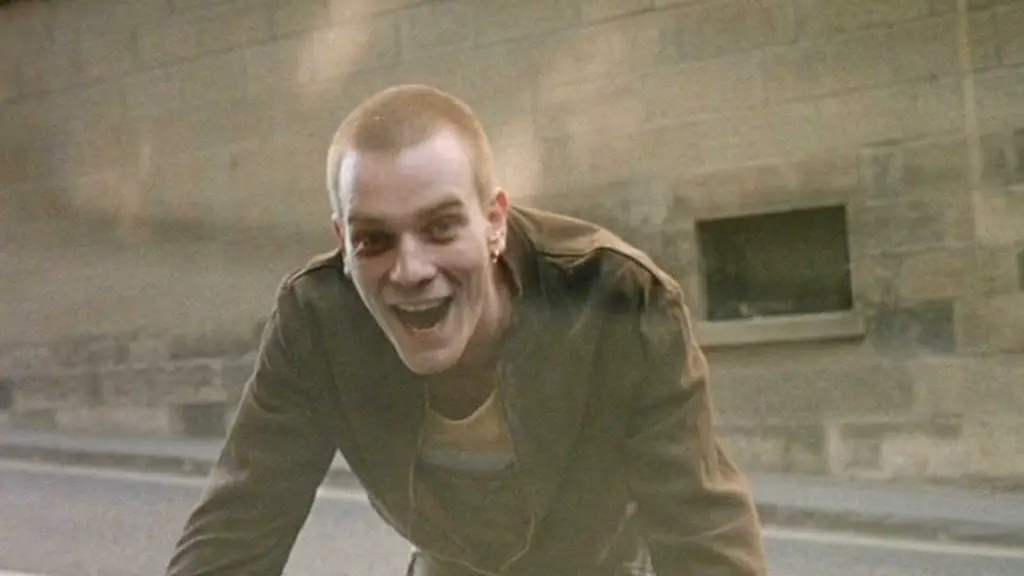
Another example of fantastic world building and character exposition through montage is in Trainspotting. Specifically, the timeless ‘Choose Life’ speech and Iggy Pop’s Lust For Life.
This montage also introduces us to the main themes of the film: Drug abuse, addiction and nihilism. The wide array of the character’s experiences is shown in this introductory montage.
Some key scenes within La Jetee are:
The beginning scene when the narrator is talking about a little boy watching a man die at the airport.
“Later, he knew he had seen a man die.”

Another key moment was when Paris got destroyed and so everyone began to live underground.
“And sometime later, Paris was destroyed”
“The survivors settled underground.”

Another key scene is when he gets chosen to be an expreimentee.
“One day, from among the prisoners, they selected the man whose story this is”

There is also times where you see the imagery of what is going on inside his head.
“On the tenth day, images begin to appear, like confessions.”

Then he is taken back onto the jetty as of where he saw a man die as a kid to see the woman he wanted to be with and then realised that it was his own death had seen on the jetty not some random mans.
“But when he saw the man from the underground camp he realized that one cannot escape time, and that this haunted moment, given him to see as a child, was the moment of his own death.”

In France during the late 1940’s, there arose a group of film critics, theorists and eventual directors, who created a magazine known as Cahiers du Cinéma, full of essays regarding the Auteur Theory. Alexander Astruc describes an Auteur as an artist with the camera as their pen, the concept of the “caméra-stylo” means that the Director is “author” of the film, using their power to control the different elements of the film- like mise-en-scene, blocking and lighting. They encourage the idea that director’s should each have unique styles and techniques, that can be recognised after the film’s release.
Some people credited as Auteur’s by the Cahiers du Cinéma-
Alfred Hitchcock- Psycho (1960)
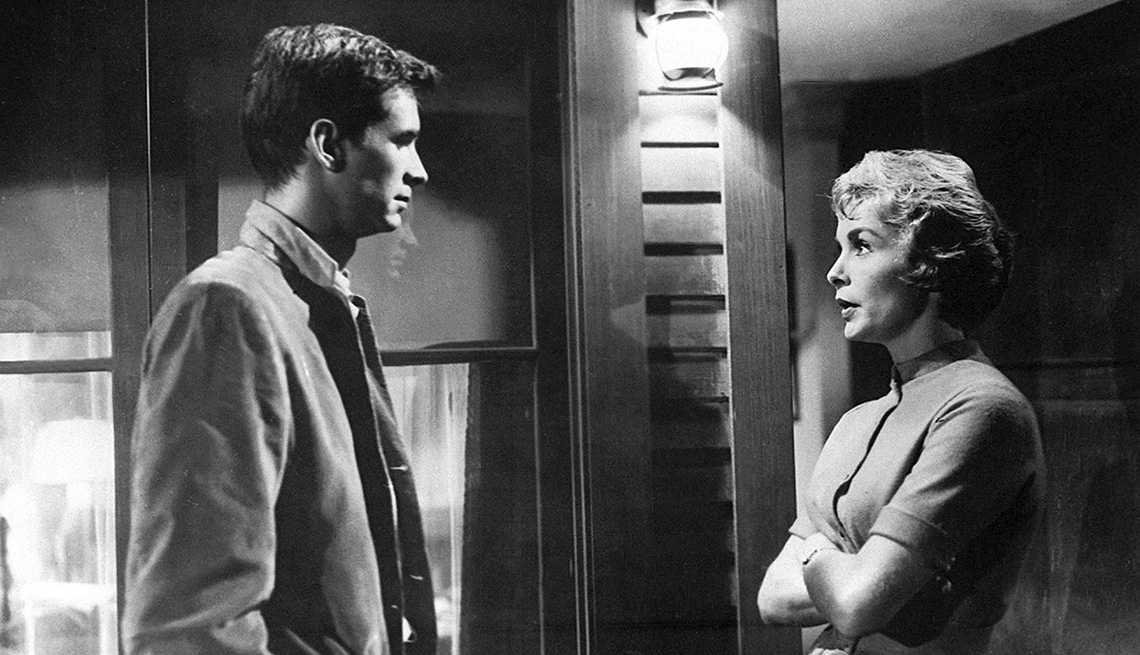
Robert Aldrich- Hush…Hush, Sweet Charlotte (1964)

Howard Hawks- The Big Sleep (1946)

Classic French New Wave Films-
Hiroshima Mon Amour- (Resnais, 1959)

Cleo From 5 to 7- (Varda, 1962)

Using portable equipment and requiring little or no set up time, the New Wave way of filmmaking often presented a documentary style. The often filmed in long takes from behind the actors and would also use non-actors who would walk in and out of the frame in the background.
The “Left Bank” filmmakers’ relationship to film was different to that of the five “Cahiers.” It was a collective impulse to steer French cinema away from film as an extension of literature, and toward the development of a cinematic language that stood for itself.
The “Right Bank” were constituted of the more famous and financially successful New Wave directors associated with Cahiers du cinéma (Claude Chabrol, François Truffaut, and Jean-Luc Godard)
Alphaville (1965)

Jules and Jim (1962)
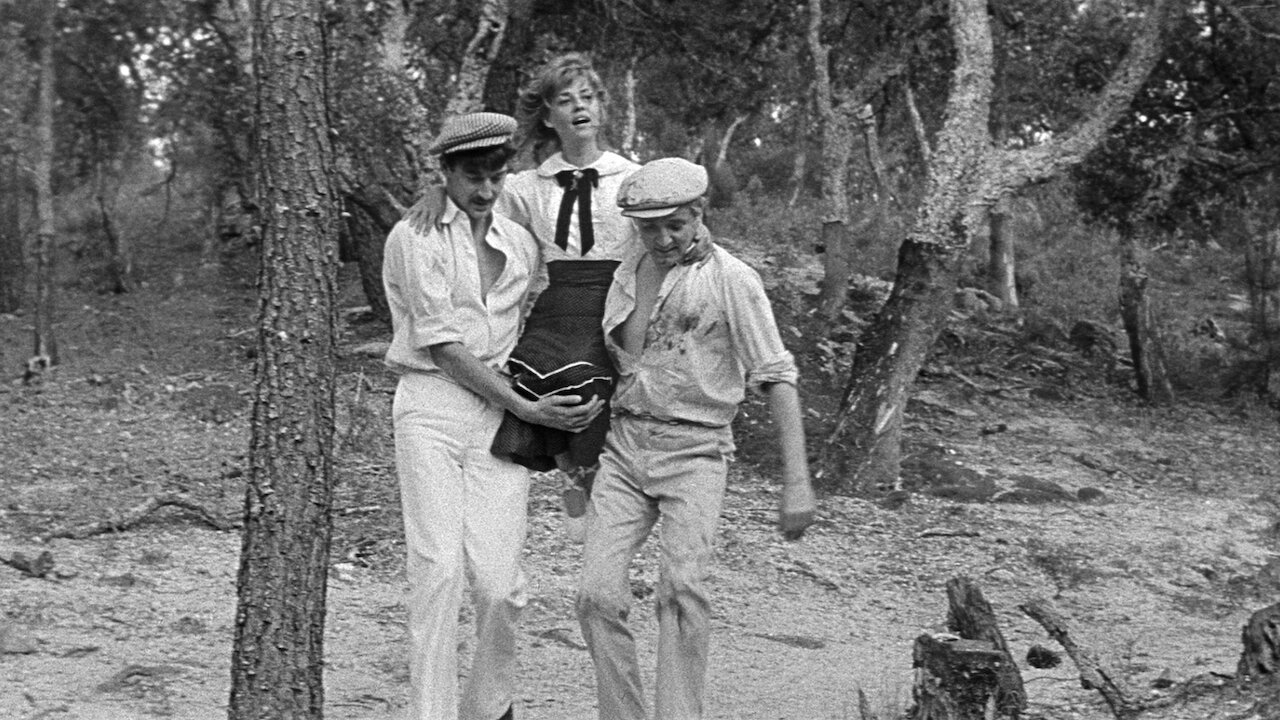
-filming the back of actors heads
-absurdist dialogue
-jump cuts
-actors addressing the audience directly (“breaking the 4th wall”)
-favoured the use of improvisation
-use of non-actors
-handheld cameras
-shot on location
source: https://www.masterclass.com/articles/french-new-wave-guide#what-is-french-new-wave
Auteur theory is the concept of a director being more like a classical artist than a producer, likening it as being closer to putting brush to easel than moving a camera.
Some Auteurs and their films of the time include:
Alfred Hitchcock – Psycho, The Birds, Vertigo, North by Northwest


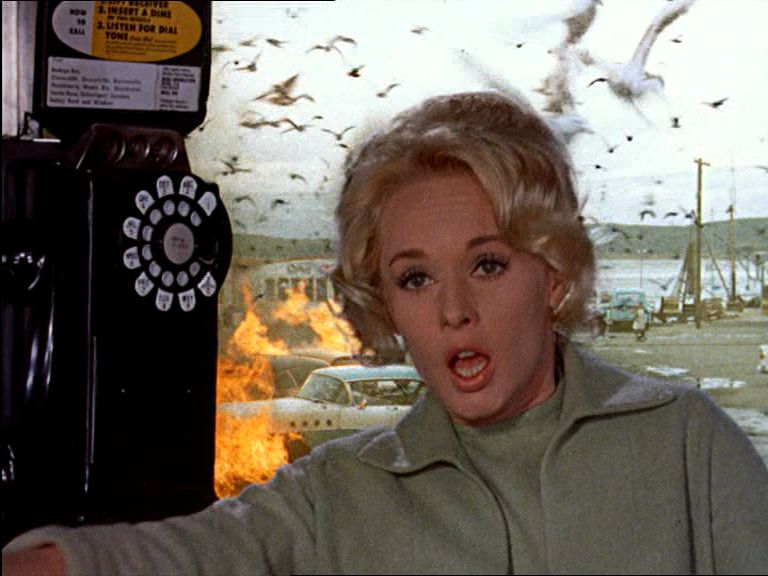
![North by Northwest | film by Hitchcock [1959] | Britannica](https://cdn.britannica.com/99/176699-050-797B541E/Cary-Grant-North-Northwest-Alfred-Hitchcock.jpg)